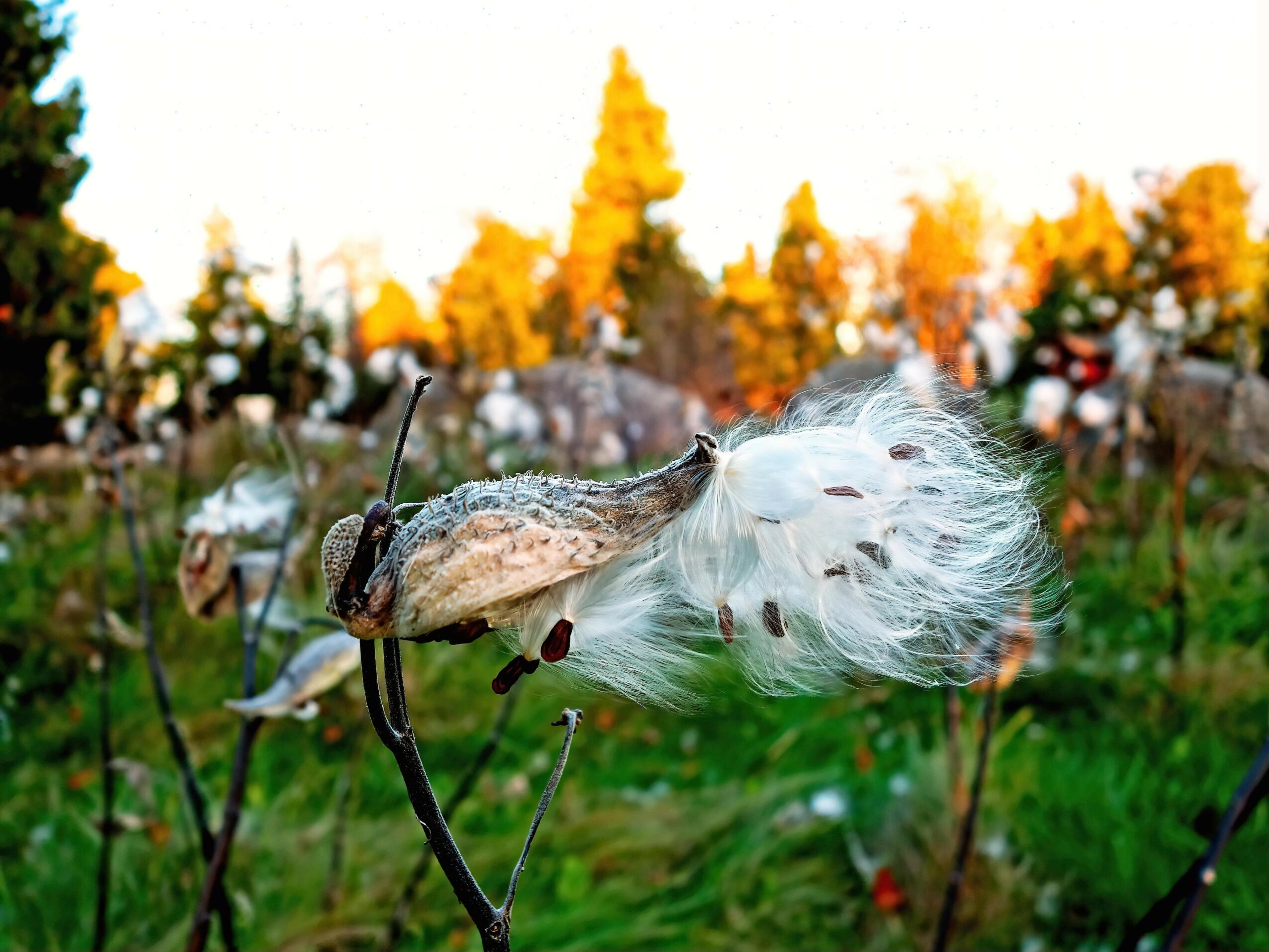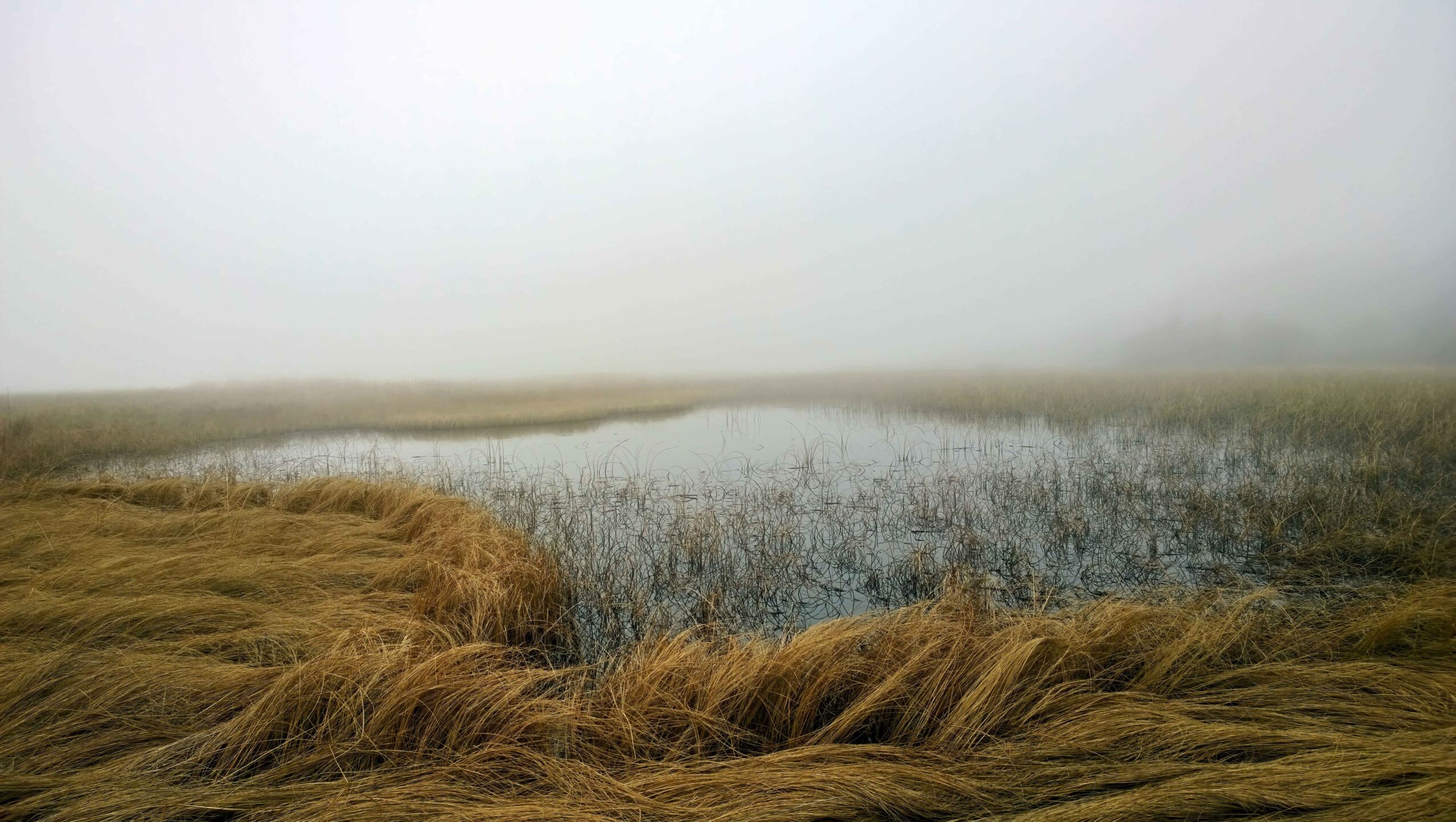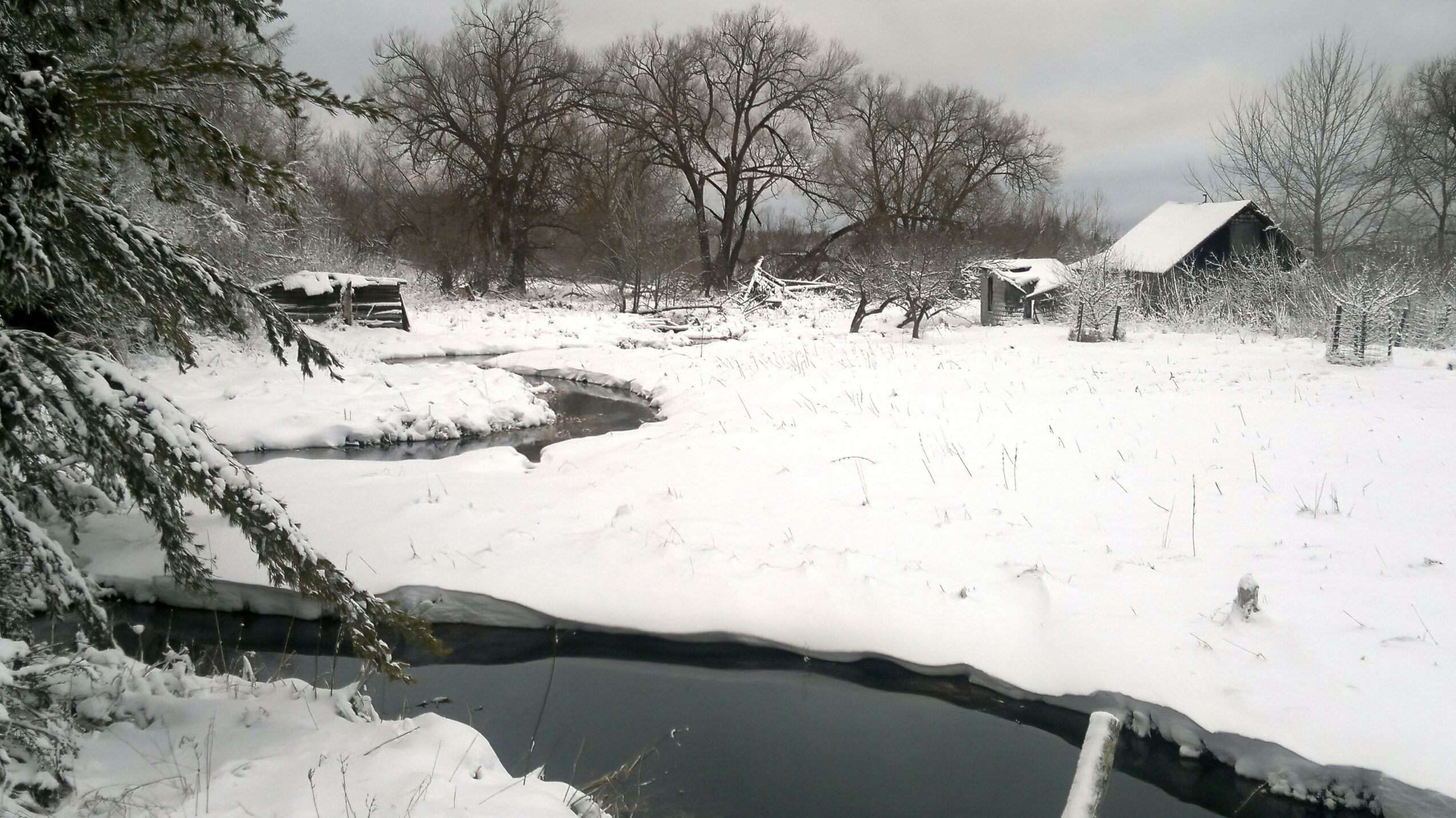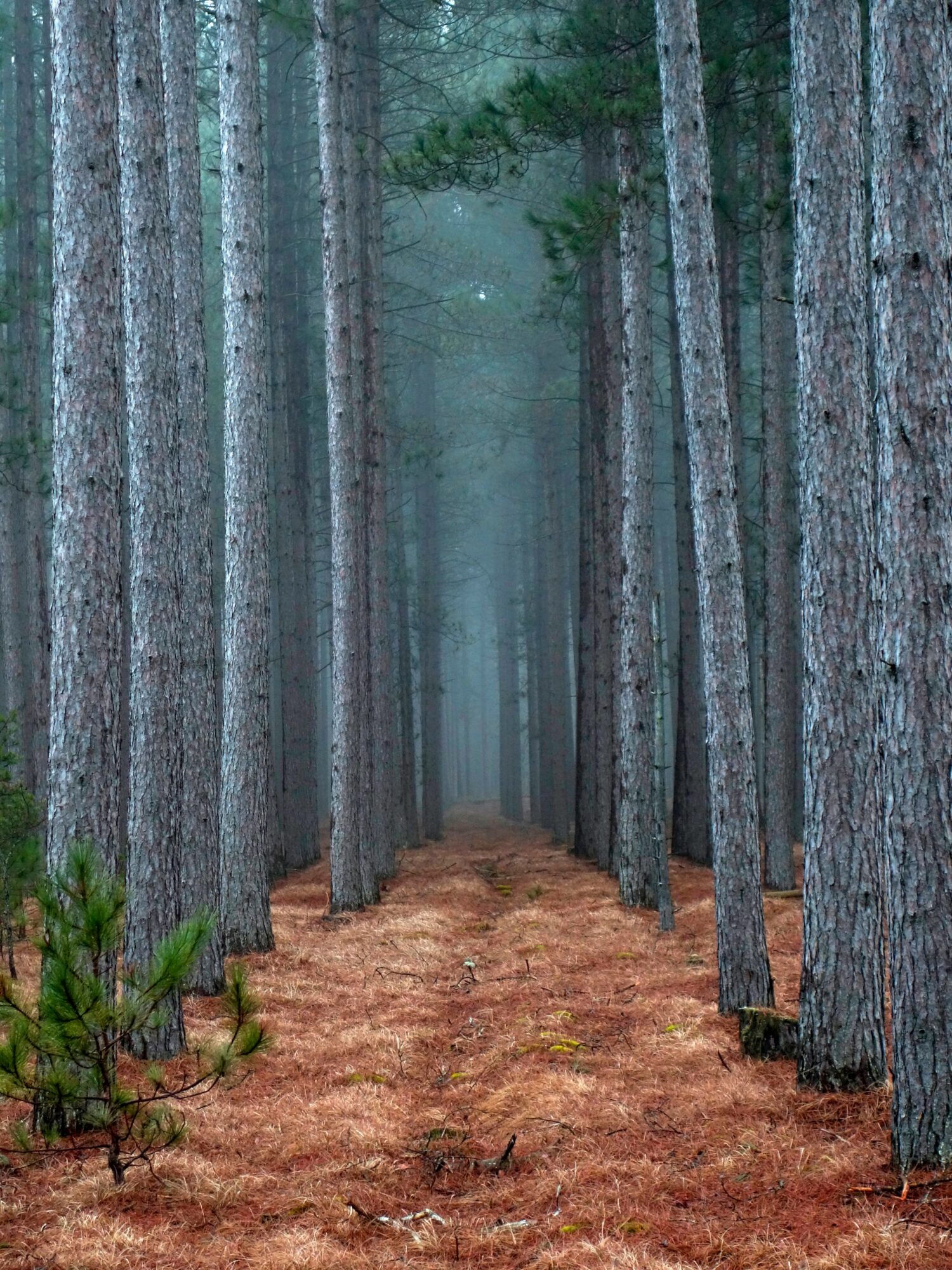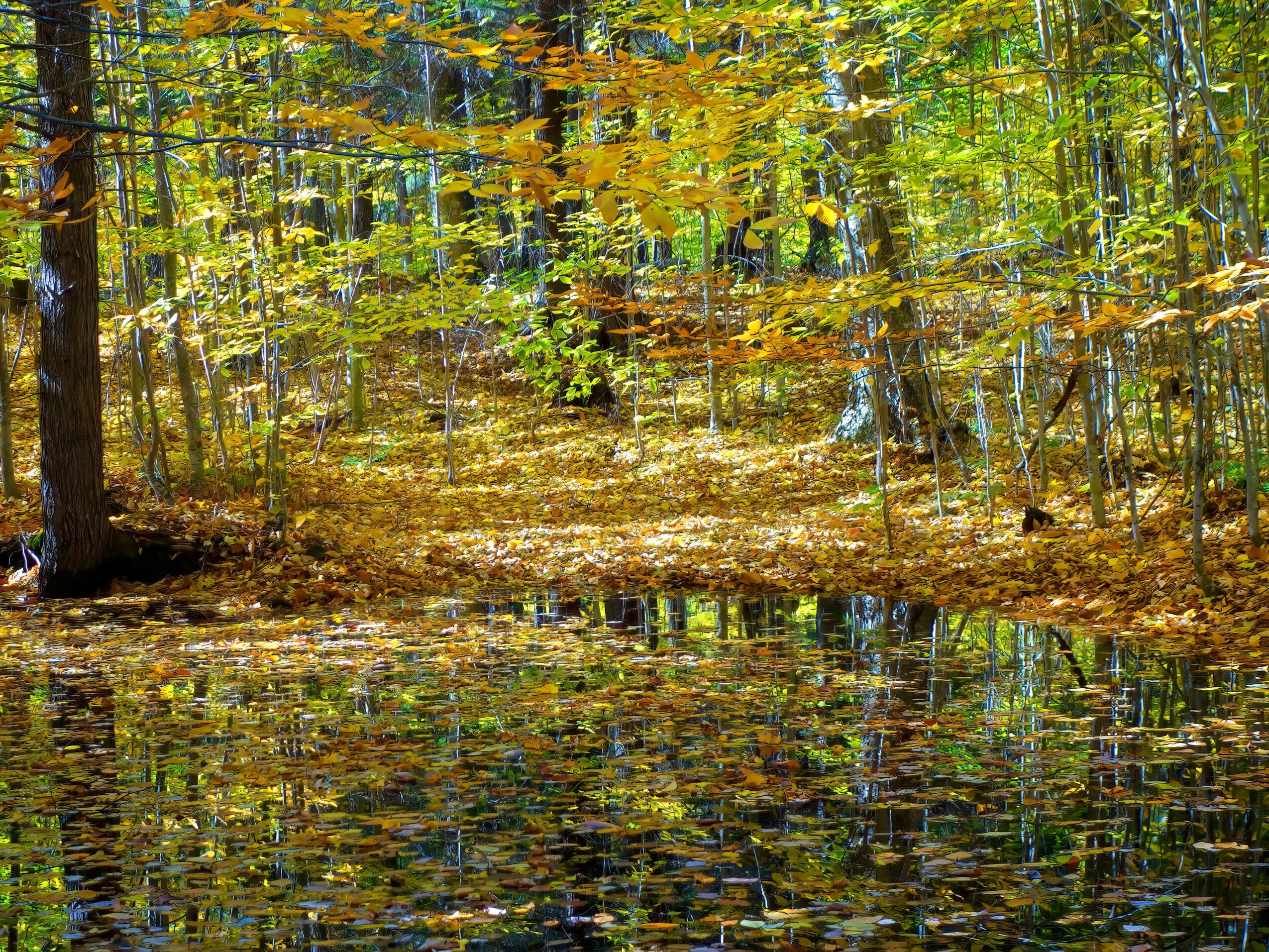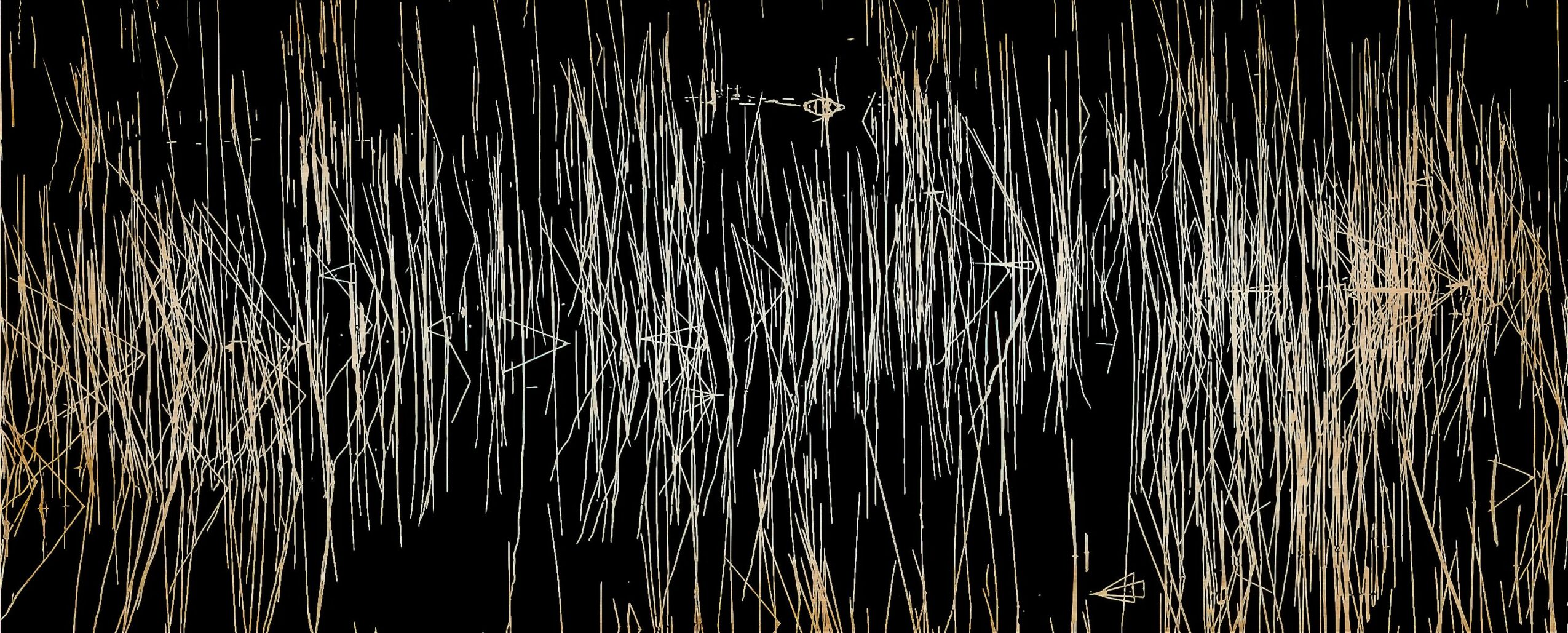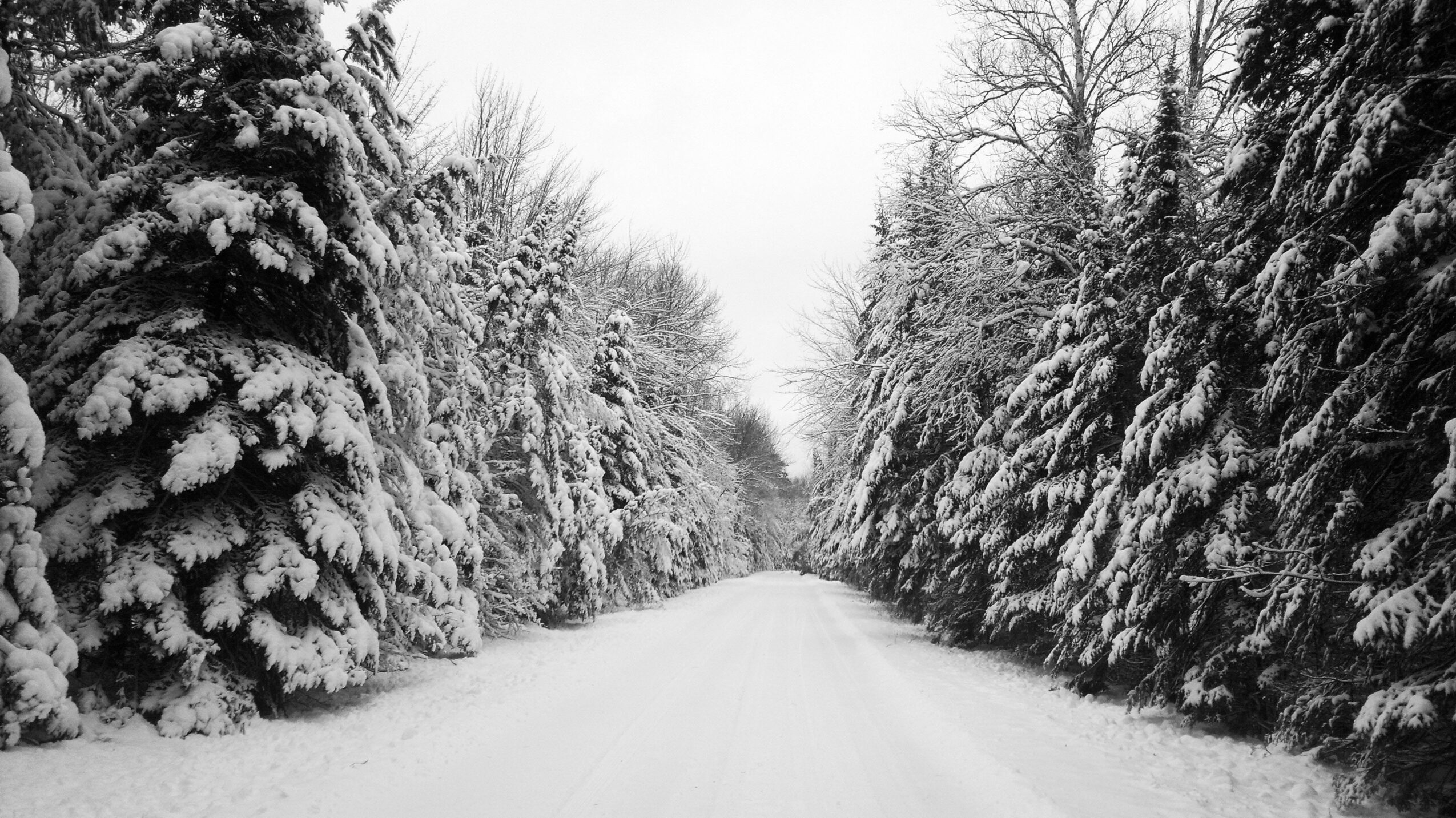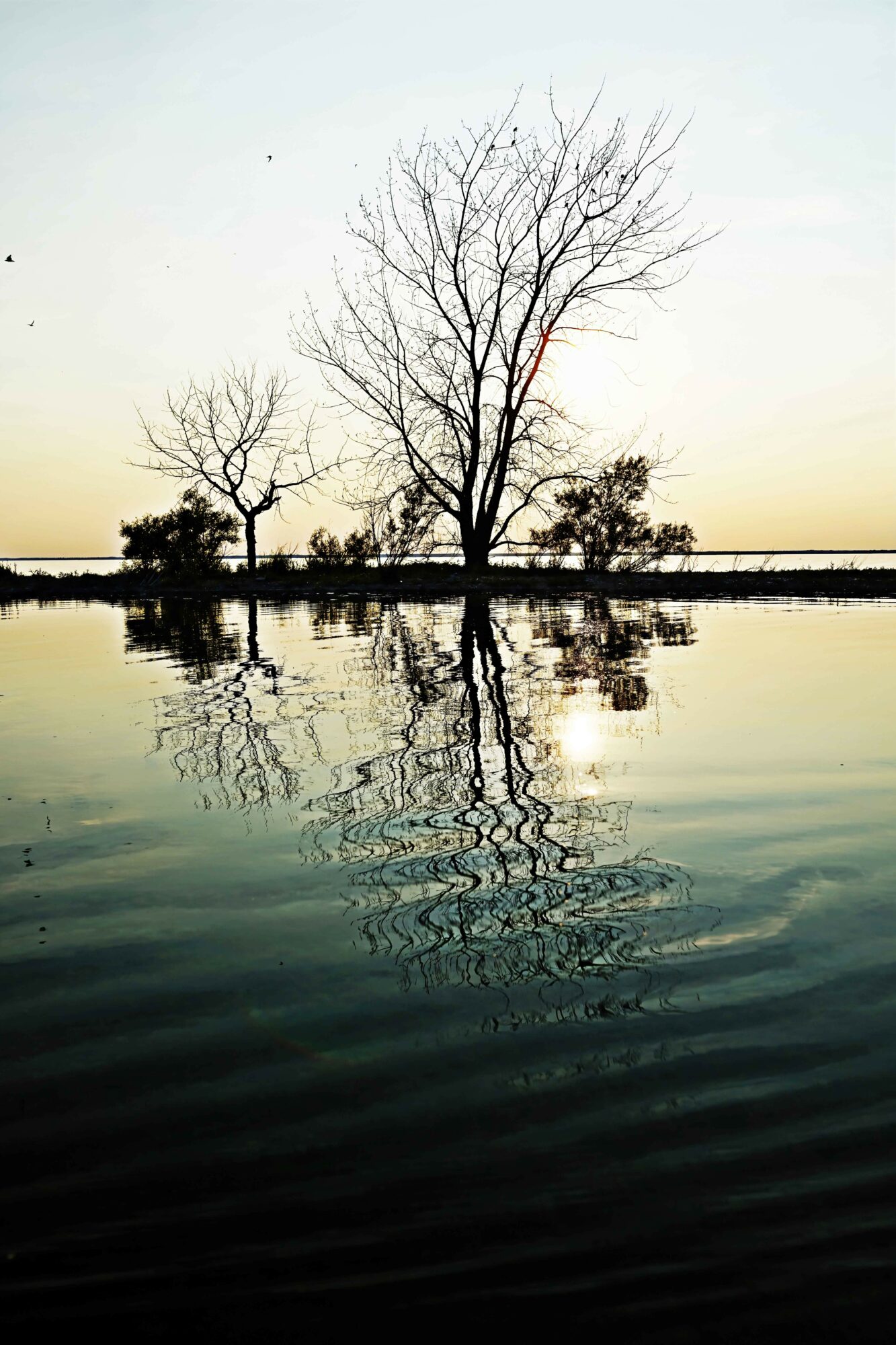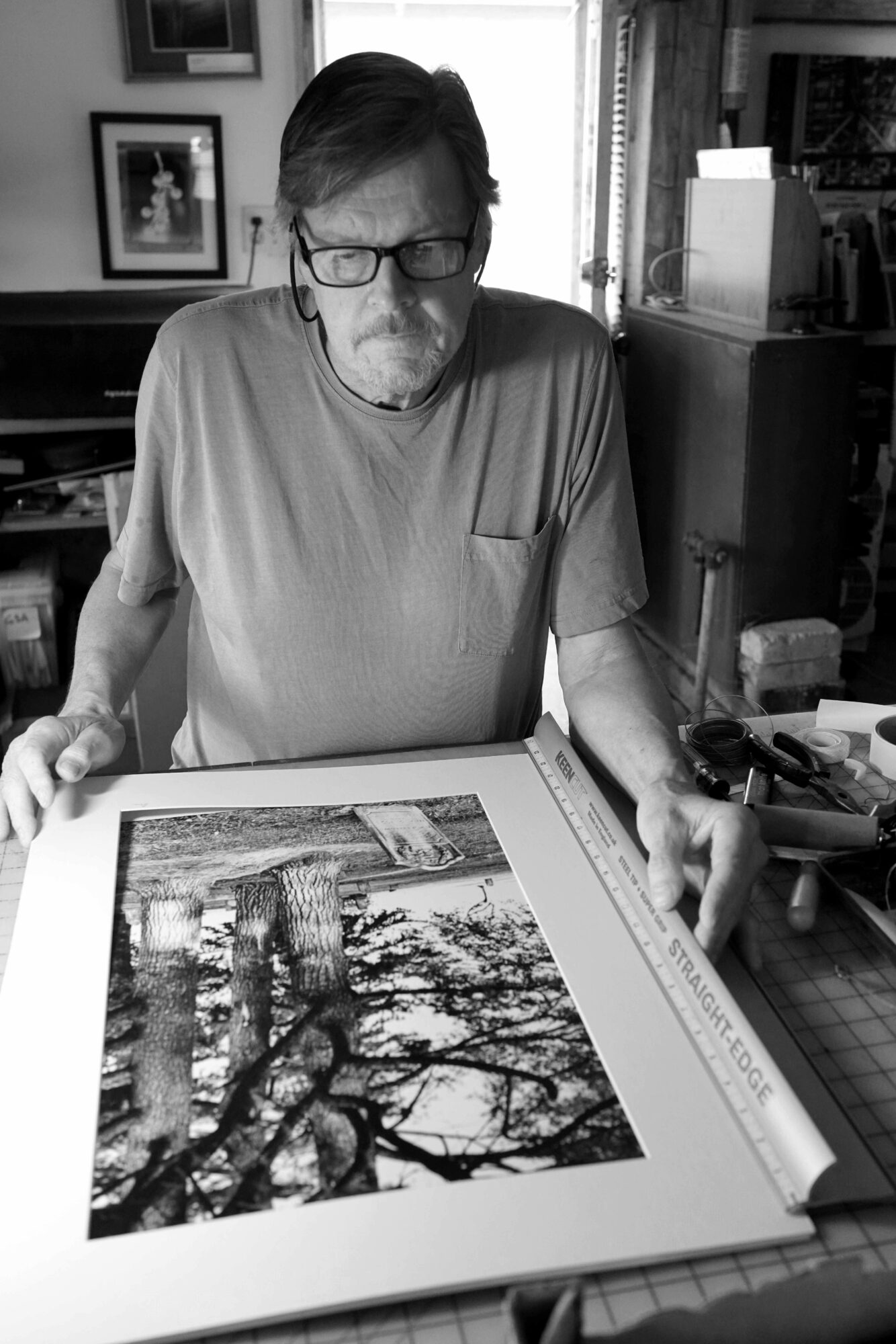

Today we’d like to introduce you to Bruce Maki
Alright, so thank you so much for sharing your story and insight with our readers. To kick things off, can you tell us a bit about how you got started?
I’ve always been interested in photography, buying my first camera with my first paycheck as a 16-year-old. However, I was also interested in earth science and life as an environmental scientist became my means of earning a living for much of my life. Fortunately, observing and photographing the environment can be an integral part of environmental science, so I was able to practice both, which developed into a love of landscape photography. Still, life happens, and this being the era of film cameras I never found the time to learn to develop and print my photographs. This changed with the advent of digital photography and photography soon became my principal interest.
Moving back to my home state of Michigan was also fortuitous. Michigan is a fantastic state for landscape photographers with its great geographic diversity from the rugged, forested areas of the Upper Peninsula to the over 3000 miles of Great Lakes shoreline and 11,000 inland lakes. Throughout the seasons, Michigan has a wealth of stunning outdoor scenery, and I’m lucky to have a private studio (Juniper Hill Garret), where I can edit and print my work.
I’m sure it wasn’t obstacle-free, but would you say the journey has been fairly smooth so far?
Even living close to great landscapes, time has been my largest obstacle to advancing my art. Landscape photography involves not just finding suitable locations to photograph (which I often do with aerial photographs). After finding a location multiple trips are often necessary to catch the right environmental conditions for a great shot. Because I like to photograph areas relatively undisturbed by human activity this also involves not just traveling to a location but often off-trail hiking into wilderness areas. I orienteer these areas by GPS or compass with a backpack filled with cameras and survival gear. Spending months or years visiting an interesting area in different weather conditions and seasons can be part of the chase for the right shot. Each visit often triggers new ideas on the best the scenery can offer. Even with the best plans patience and luck play roles in finding that great shot. But taking the photographs can be the easy part. Since cameras seldom capture a scene accurately or with the photographer’s aesthetic idea, editing images is necessary. Also, if I want to produce a print this can take even more time. An impressive digital image does not always make an impressive print. Time for experimentation is necessary to get the right print.
Learning to print my work is something I’m particularly proud of. Finding the right paper, software settings, and final physical presentation can be very demanding but the final product can be most rewarding. Still, there are times when I utilize a professional photo lab to obtain the right product. Today there are many different types of photographic papers and printed products available in today’s market that can be used to make great artwork prints. Glass, fabric, and metal print products are a few that can produce unique, beautiful landscape prints.
Thanks – so what else should our readers know about your work and what you’re currently focused on?
While I have been fortunate to visit many beautiful landscapes from California to Maine my principal location has been the Hiawatha National Forest in Michigan’s Upper Peninsula. The Hiawatha encompasses three Great Lake shorelines and boasts some beautiful pristine wilderness areas. In 2009 I built a tiny, off-grid house on a remote area of the north shore of Lake Michigan and for 15 years spent as much time as I could photographing the West Zone of the National Forest. The photographs range from documentary images of features taken as part of my interest as an environmental scientist, to photographs with aesthetic intent which I exhibit and print for sale. Besides the documentary photographs, I look for images that trigger strong emotions such as the impressions felt in viewing desolate outdoor scenes or the power of the weather in the changing seasons. While everyone loves a pretty sunset, I find myself drawn into searching for these other fleeting moments when nature speaks deeply. All my landscape photographs are “true” images. No digital additions or subtractions to the scene are done.
Any big plans?
About two years ago I sold my tiny cabin and turned my focus to the Seney National Wildlife Refuge and surrounding area of the East Zone of the Hiawatha National Forest. Seney is another environmental jewel found in Michigan’s Upper Peninsula that includes a Federally designated wilderness area and a fascinating series of interconnected wetland pools.
I worry about the future of traditional landscape photography given the arrival of Artificial Intelligence (AI) image editing products capable of creating realistic additions and subtractions to landscapes. I’m astounded at this ability to combine fiction with reality in this way. While beautiful works can be created using AI, I don’t know where AI leaves traditional landscape photography. A concern not just with photography but in many other aspects of our lives as the line between reality and fiction blurs.
I intend to donate my documentary photographs of Federal lands to the Department of the Interior for use as a record of the many unique features found on these lands. The landscape is constantly changing and I’ve witnessed features that have already been lost through erosion of shorelines, the arrival of invasive species, and other natural and manmade influences. I also intend to publish my photographs in book form. Until then I can be found in the forest.
Contact Info:
- Website: https://juniperhill.photoshelter.com
- Instagram: https://www.instagram.com/juniperhillgarret/
- Facebook: https://www.facebook.com/Juniperhillgarret/
- Other: https://www.threads.net/@juniperhillgarret
